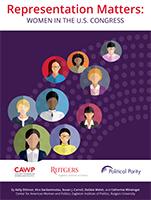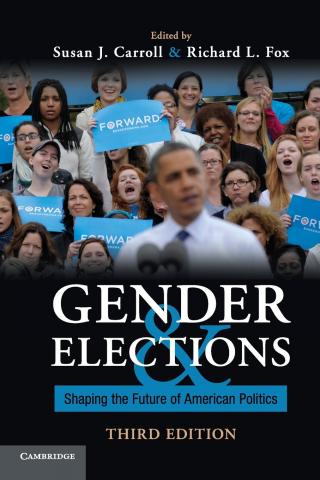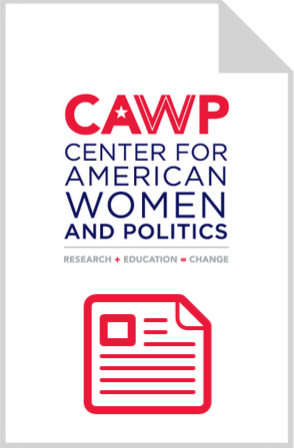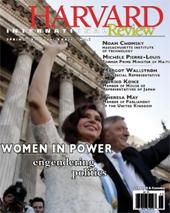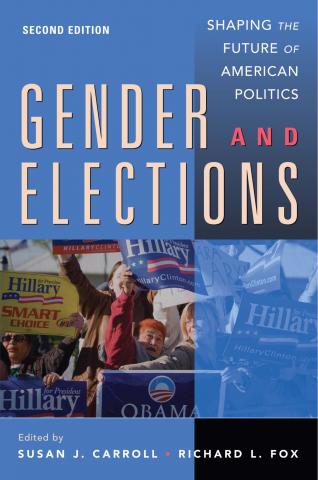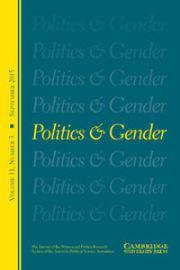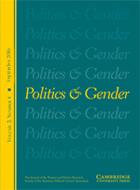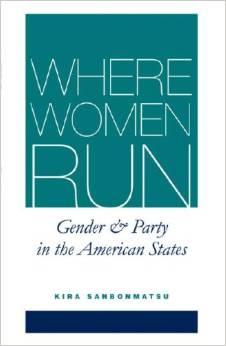Representation Matters: Women in the U.S. Congress
by Kelly Dittmar, Kira Sanbonmatsu, Susan J. Carroll, Debbie Walsh, and Catherine Wineinger
Center for American Women and Politics, Eagleton Institute of Politics, Rutgers, The State University of New Jersey, 2017, 56 pages.ReportResearchCAWP ScholarPolitical PartiesGender and Race/EthnicityImpact of Women Public OfficialsCongressCandidates Matter: Gender Differences in Election 2016
by Kelly Dittmar, Ph.D.
Fact SheetResearchCAWP ScholarA Closer LookPolitical PartiesCandidates and CampaignsCandidate RecruitmentGender and Race/EthnicityState LegislatureStatewide ExecutiveCongressWomen in the 115th Congress
by Kelly Dittmar, Ph.D.
Fact SheetResearchCAWP ScholarA Closer LookPolitical PartiesGender and Race/EthnicityCongressWomen’s Election to Office in the Fifty States: Opportunities and Challenges
by Kira Sanbonmatsu
Book chapter in Gender and Elections: Shaping the Future of American Politics,
Eds. Susan J. Carroll, CAWP, Rutgers University and Richard L. Fox, Union College, New York
Cambridge University Press, 2013 Third Edition, pp. 265-287.Book ChapterResearchCAWP ScholarPolitical PartiesCandidates and CampaignsCandidate RecruitmentState LegislatureStatewide ExecutivePreparedness Meets Opportunity: Women's Increased Representation in the New Jersey Legislature
by Susan Carroll and Kelly Dittmar
Center for American Women and Politics, Eagleton Institute of Politics, Rutgers, The State University of New Jersey
July 2012, 40 pagesReportNew JerseyResearchCAWP ScholarPolitical PartiesCandidate RecruitmentState LegislatureLife's A Party: Do Political Parties Help or Hinder Women?
by Kira Sanbonmatsu
Harvard International Review, 2010ArticleResearchCAWP ScholarPolitical PartiesCandidates and CampaignsCandidate RecruitmentGender and Elections: Shaping the Future of American Politics, 2nd Edition
Eds. Susan J. Carroll, CAWP, Rutgers University and Richard L. Fox, Union College, New York
Cambridge University Press, 2009 Second Edition, 314 pagesBookResearchCAWP ScholarPolitical PartiesCandidates and CampaignsGender and Race/EthnicityWomen Voters and the Gender GapState LegislatureStatewide ExecutiveCongressFederal ExecutiveGender Backlash in American Politics?
by Kira Sanbonmatsu
Politics and Gender (September 2006)ArticleResearchCAWP ScholarPolitical PartiesCandidates and CampaignsState LegislatureDo Parties Know that ‘Women Win’? Party Leader Beliefs about Women’s Electoral Chances
by Kira Sanbonmatsu
Politics & Gender 2006 (December)ArticleResearchCAWP ScholarPolitical PartiesCandidates and CampaignsWhere Women Run: Gender and Party in the American States
by Kira Sanbonmatsu
University of Michigan Press, 2006, 264 pagesBookResearchCAWP ScholarPolitical PartiesCandidates and CampaignsCandidate Recruitment
Political Parties
Addressing varied aspects of women’s engagement with political parties as candidates, officeholders and voters.


